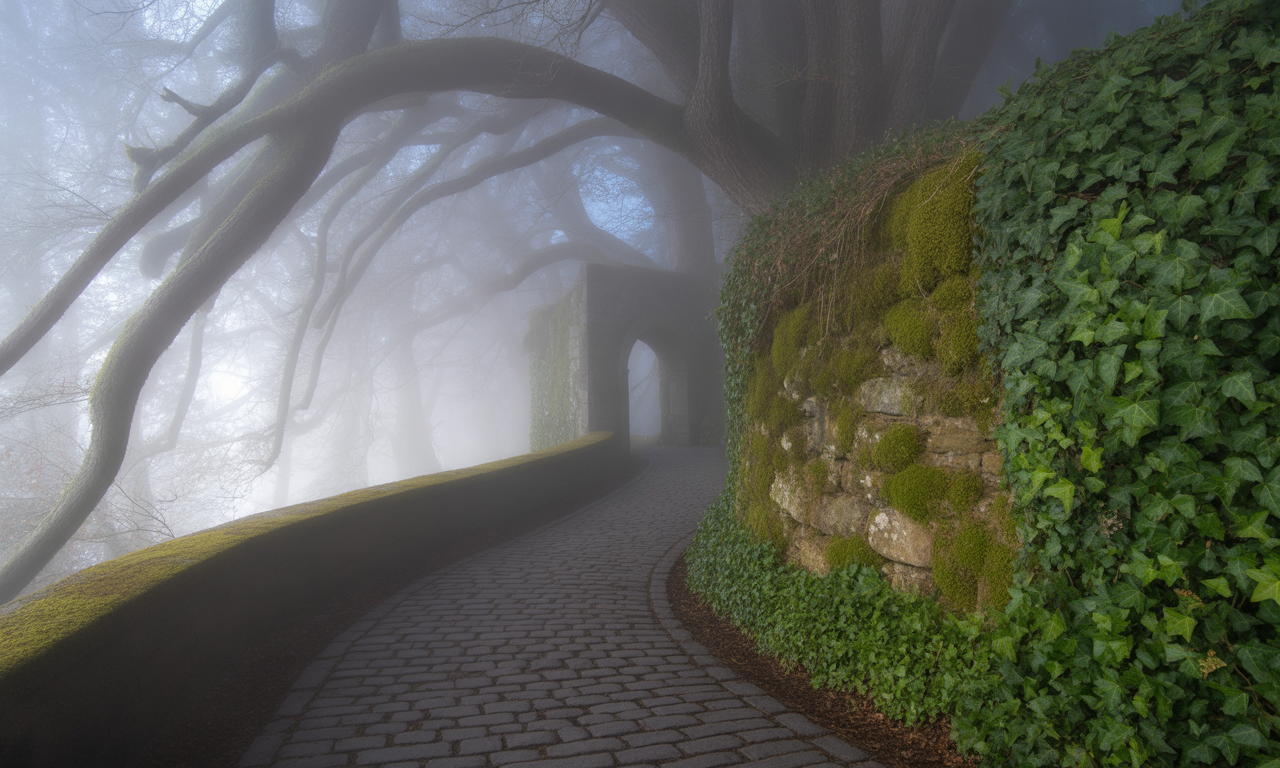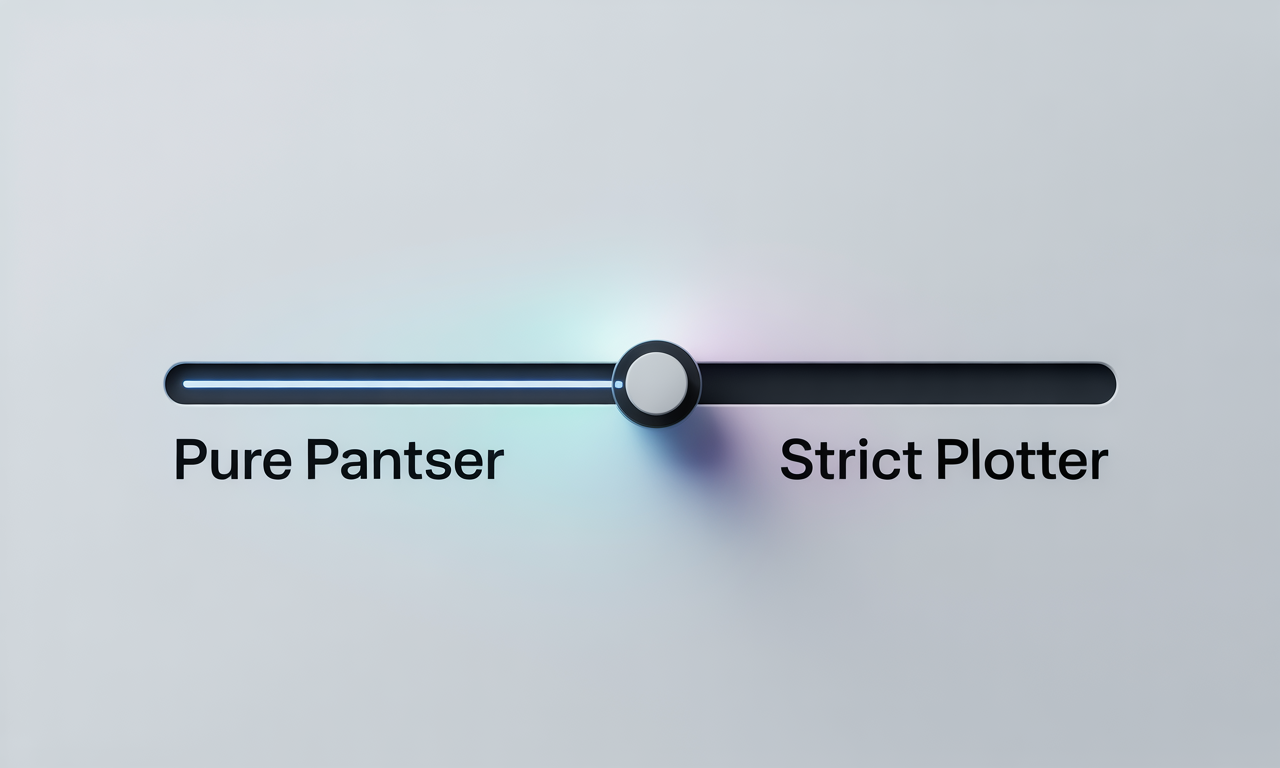The Writing Journey: Are You a Plotter or a Pantser?

H.E. Wisner
. 5 min read .
5 days ago
Alright, pull up a chair, grab your preferred writing beverage, and let's talk shop. We've all heard the terms thrown around in writing circles, haven't we? Plotters and Pantsers. It's often framed like some sort of epic battle, but honestly, after banging away at the keyboard for a while and seeing what other folks are doing, I've come to realize it's a lot more nuanced than that. It's really about figuring out what gets the words on the page for you.
Think of it like this: you've got two main roads to getting from "blank page" to "The End" but there are a million little paths connecting them.

Defining the Terms
(so that we are all on the same page)
A pantser is a writer who proceeds "by the seat of their pants". They are often called "discovery writers". Pantsers typically start with a minimal plan, perhaps just a vague idea, a character, or a scene, and let the story unfold as they write. They prioritize the freedom and flexibility to explore where their imagination, or the characters themselves, might lead them.
A plotter, in contrast, is a writer who develops a significant plan or outline for their story before they begin writing the full draft. Outlines can range from simple bullet points of major events to highly detailed scene-by-scene breakdowns, character sheets, and thematic maps. Plotters value knowing where their story is going and having a structure in place.
Many writers identify as a combination, often called a plantser. This approach blends elements of both planning and discovery, recognizing that most writers utilize some degree of both at different stages.

The Case for Pantsing: Discovery and Freedom
On one side, you've got the Pantsers. These are the "discovery writers", the ones who literally "fly by the seat of their pants". I picture them starting with maybe just a cool scene, a compelling character, or a vague notion, and just going. No detailed map, just a compass pointing generally west, like one commenter put it, planning a trip from New York to L.A. knowing only that you need to head west. They love the freedom and flexibility. It's like writing is an act of discovery – they're finding out what happens right alongside the reader. Characters really can come alive and start doing things you never expected. As one person put it, they meet a character, the character does what they like, and the writer just observes and writes it down. For some, it feels like the story "just writes itself". It can be thrilling because you surprise yourself and keeps the mystery alive. Some feel like it's the only way their brain works; trying to plot kills their interest. One commenter even embraces it as a form of escapism from a boring life, allowing them to be "wacky and unpredictable" while staying true to the story's logic. Some authors, like Lee Child, are held up as examples, quoted saying, "I write without even knowing what the next line is gonna be". Stephen King is also mentioned as someone who pantses.
But let's be real, this freedom comes at a price. The biggest challenge for us pantsers? Revision. Lots of it. Without a plan, the first draft can be a "messy, detailed outline". You're talking maybe 4-6, or even 10-15 rewrites just to make it "comprehensible". You might have to cut huge chunks or add entirely new chapters. There's a real risk of the story getting stuck or "going off the rails", or you might include a lot of "fat/fluff" that needs trimming. For some, pantsing makes it easier to get stuck and abandon projects. Without some kind of guide, consistency and substance can feel weaker, although this isn't always the case.

The Case for Plotting: Structure and Efficiency
Then you have the Plotters. These folks value structure and knowing where they're going. They create outlines before they start writing the full draft. These outlines can be simple bullet points or incredibly detailed scene-by-scene breakdowns with character motivations and themes. Plotters see the outline as essential for keeping the story structure intact and actually finishing the manuscript. It provides a clear roadmap. It's like building a bridge where you know the start, the end, and where the main supports go. Everything else is just decoration.
The big wins for plotters? It can lead to a faster, smoother writing process because the structural decisions are already made. It makes it harder to get stuck because you know what comes next. Planning helps ensure a solid structure, aids pacing, and reduces plot holes early on. It can provide the confidence that you're heading somewhere specific. One plotter who tried pantsing and failed found that outlining helped them get published. Another finds it easier to write faster and ensures their story structure is solid. For those writing more technical or factual books, outlining is essential.
But plotting isn't without its own dragons. The main complaint? It can kill the joy of writing. Once the mystery is gone, actually writing the story can feel boring. Outlines can feel constricting, forcing characters or events into predetermined boxes even if it doesn't feel natural. Over-planning can become a form of procrastination, preventing you from ever starting the actual writing. And if you decide to make a big change, you might have to redo the entire outline, which is definitely "not fun". Trying to force yourself to outline when it's not your natural tendency can feel "fruitless and agonizing" or just plain stressful.

Finding Your Style: It's a Spectrum
Now, here's the kicker that the poll is really hammering home: most of us are actually Plantsers. This isn't an either/or situation; it's a spectrum. Very few people are 100% one way or the other.
The "Plantser" approach is all about blending. Maybe you plot the big picture – the beginning, middle, and end, or just major turning points – and then "pants" the journey between them. Or you create a detailed outline but remain flexible enough to let new ideas and character developments emerge and change the plan as you go. Some might plan just a few chapters ahead, like laying track just before the train gets there. Another method mentioned is knowing the start and end and letting your subconscious figure out the in-between. Some even start pantsing and then create an outline once they have a better feel for the story's direction. One writer describes their outlines as having simple notes like "they somehow get here" or "these characters argue," leaving room for pantsing within the planned structure. Others plot major points and scribble down exciting future scenes as they think of them, filling in the gaps while writing. It seems the variety of hybrid methods is endless.
The most important thing, and something many authors agree on, is that the "right" way to write is whatever way works for YOU. There's no universal best method; it depends on your personality, your comfort level, and even the specific project you're working on. Trying out different approaches is crucial for finding what clicks. Self-awareness about your natural tendencies can actually help you anticipate potential problems – like a pantser knowing they'll need a heavy revision stage or a plotter understanding they need to stay flexible.
Ultimately, the goal is just finding "whatever gets you from point A to point Z". Don't let labels or what others say you "should" do hold you back. Experiment, find your flow, and write that story!

In my humble opinion...
I find that plotting helps me stay the course but then I am torn as I believe that the characters must come alive and tell you where the story is headed. Ignoring them is suicide! The characters are the story not the plot not the places. We are ultimately drawn to a story because of its characters and their actions. Anyway, I ramble.
Experiment and find your authentic style in the process of writing your masterpiece.
Many blessings to you!